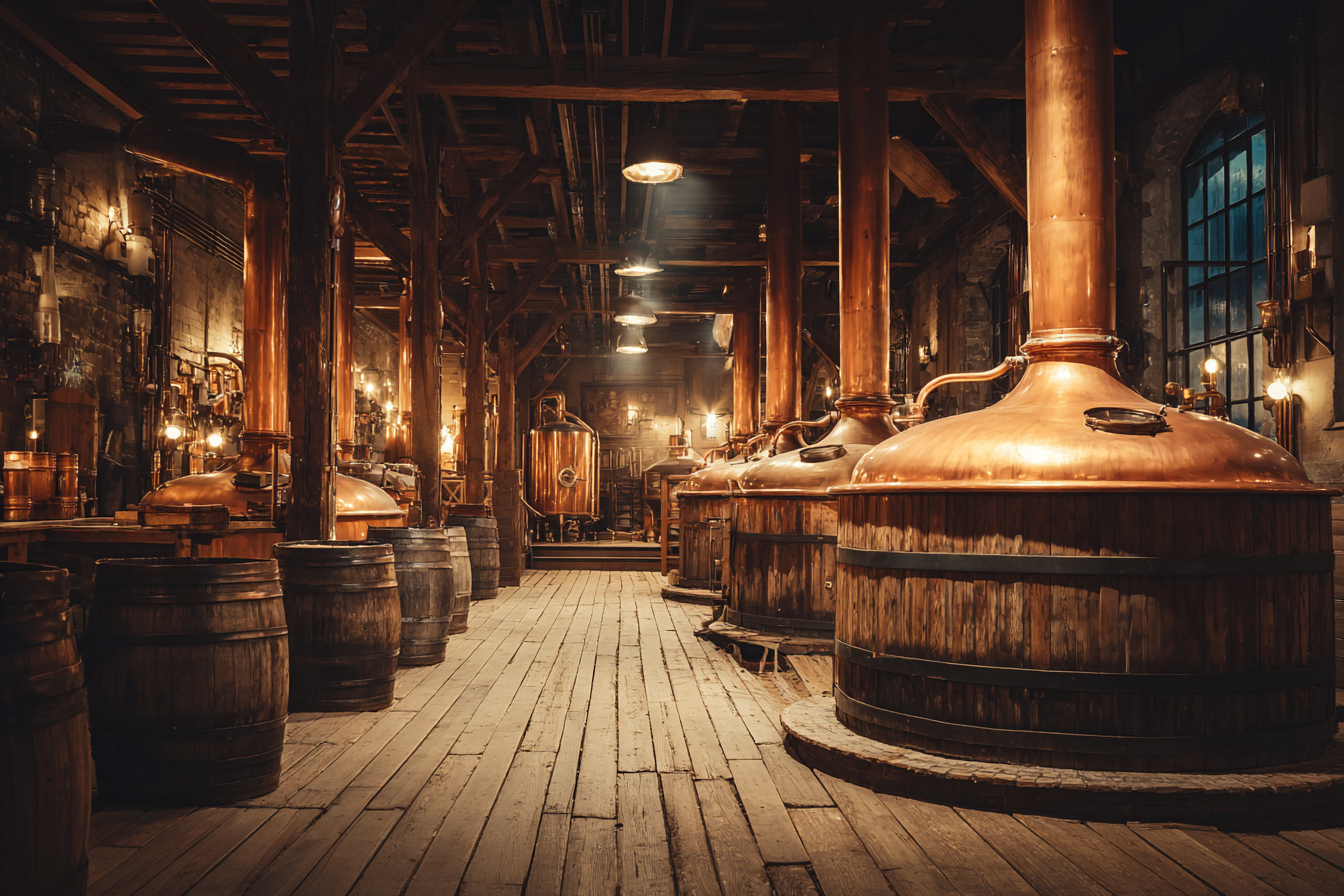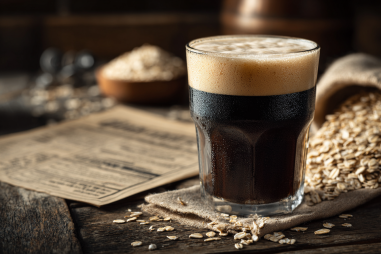The Czech amber lager holds a special place not only in the hearts of locals but also among beer enthusiasts around the world. With its rich, malty profile and balanced bitterness, this timeless brew carries centuries of brewing tradition and expertise. Exploring the history of Czech amber lager uncovers a story of craftsmanship, cultural significance, and innovation that has shaped Czech beer culture and continues to influence modern brewing practices globally.
Origins and Early Brewing Traditions in the Czech Republic
The roots of Czech amber lager extend deep into the country’s brewing history, which dates back to the medieval era. Brewing in the Czech lands, particularly in regions like Bohemia and Moravia, was initially a craft dominated by monasteries and local households. As early as the 10th and 11th centuries, there are records of beer being brewed using methods that emphasized malt and natural fermentation, laying the groundwork for later lager styles.
Amber lagers, characterized by their deep golden to copper hues, trace their lineage to the traditional Czech brewing style that focused on robust malt flavors. During the Middle Ages, Czech brewers began experimenting with different malt roasts and hop varieties, resulting in beers richer and more complex than many of their European contemporaries.
One of the pivotal moments in Czech brewing history was the introduction of bottom-fermentation techniques, which gave rise to the lager style. This process, which involves fermenting beer at cooler temperatures, allowed for a smoother, clearer beer with enhanced flavor profiles. The amber lager emerged as a refined expression of these techniques, balancing malt sweetness with a crisp, clean finish.
The Evolution of Amber Lager Styles Through the Centuries
Over the centuries, Czech amber lager evolved in response to technological advancements, shifting tastes, and cultural exchanges. The 19th century, in particular, was a period of significant development. The Industrial Revolution introduced modern brewing equipment and refrigeration, which improved consistency and scalability.
During this era, the amber lager solidified its identity. The style became known for its rich malt backbone derived from specialty malts that imparted caramel and toasted notes. The hops, predominantly Saaz—a noble hop variety native to the region—added a delicate, floral bitterness that perfectly complemented the malt.
While Pilsners gained international acclaim for their pale, crisp character, Czech amber lagers carved out their own niche, cherished for their depth and complexity. This duality in the Czech beer scene gave consumers a choice between the lightness of a Pilsner and the richer warmth of an amber lager.
Key Historical Breweries and Their Impact
Several historic breweries played a crucial role in popularizing and refining the Czech amber lager. One of the most notable is Pilsner Urquell, founded in 1842 in Plzeň. While famous primarily for pioneering the pale Pilsner style, Plzeňská Pivovary also crafted amber lagers that helped establish the style’s reputation.
The Velké Popovice Brewery, established in 1874 near Prague, gained renown for its Kozel brand, which includes a classic Czech amber lager beloved at home and abroad. Its master brewers perfected recipes that maintained traditional brewing methods while adapting to modern tastes.
Lastly, Budějovický Budvar from České Budějovice (Budweis) also contributed to the amber lager legacy, alongside its renowned pale lagers. These breweries’ commitment to quality ingredients, especially local Moravian malts and Saaz hops, ensured the style’s authenticity and lasting appeal.
The Role of Czech Amber Lager in Local Culture and Festivals
More than just a beverage, Czech amber lager is woven into the social fabric of Czech life. Beer, or “pivo,” is often referred to as the national drink, and amber lagers have a special status in taverns and beer halls across the country.
Seasonal and cultural festivals celebrate this iconic brew, bringing communities together to appreciate its heritage. Events such as the Czech Beer Festival in Prague showcase a variety of amber lagers alongside other Czech styles, honoring centuries of brewing tradition. Local celebrations in cities like Plzeň and České Budějovice also highlight amber lagers as part of their cultural identity.
At traditional pubs, amber lagers often accompany hearty Czech cuisine, including roast meats and dumplings, where their rich malt character complements the flavors perfectly. The beer is more than refreshment—it’s a symbol of community, history, and hospitality.
How Historical Brewing Techniques Influence Modern Brews
Today’s craft brewers in the Czech Republic and beyond draw heavily on the historical methods used in amber lager production. Many breweries still rely on high-quality Moravian malts and Saaz hops, staying true to the ingredients that define the style’s unique flavor profile.
Traditional decoction mashing, a technique where part of the mash is removed, boiled, and returned to increase malt complexity and enhance color, remains popular in authentic Czech amber lager production. This method provides the characteristic caramel and toasty notes that set the beer apart from other lagers.
While modern breweries incorporate technology for consistency and scale, there is a strong emphasis on preserving the balance between tradition and innovation. This approach ensures that contemporary Czech amber lagers honor their historical roots while appealing to new generations of beer drinkers worldwide.
Lasting Legacy of Czech Amber Lager
The enduring popularity of Czech amber lager is a testament to the skill and passion embedded in Czech brewing culture. From its medieval origins and the pioneering of bottom-fermentation techniques to its evolution through industrialization and modern craft beer trends, this style of beer remains a captivating symbol of Czech heritage.
Whether enjoyed in a bustling Prague pub or celebrated at a vibrant beer festival, the Czech amber lager continues to bring people together, offering a sensory experience steeped in history. Its balance of malt richness and hop bitterness, derived from centuries-old practices, ensures that this timeless brew will remain a cherished classic in the global beer landscape for years to come.







